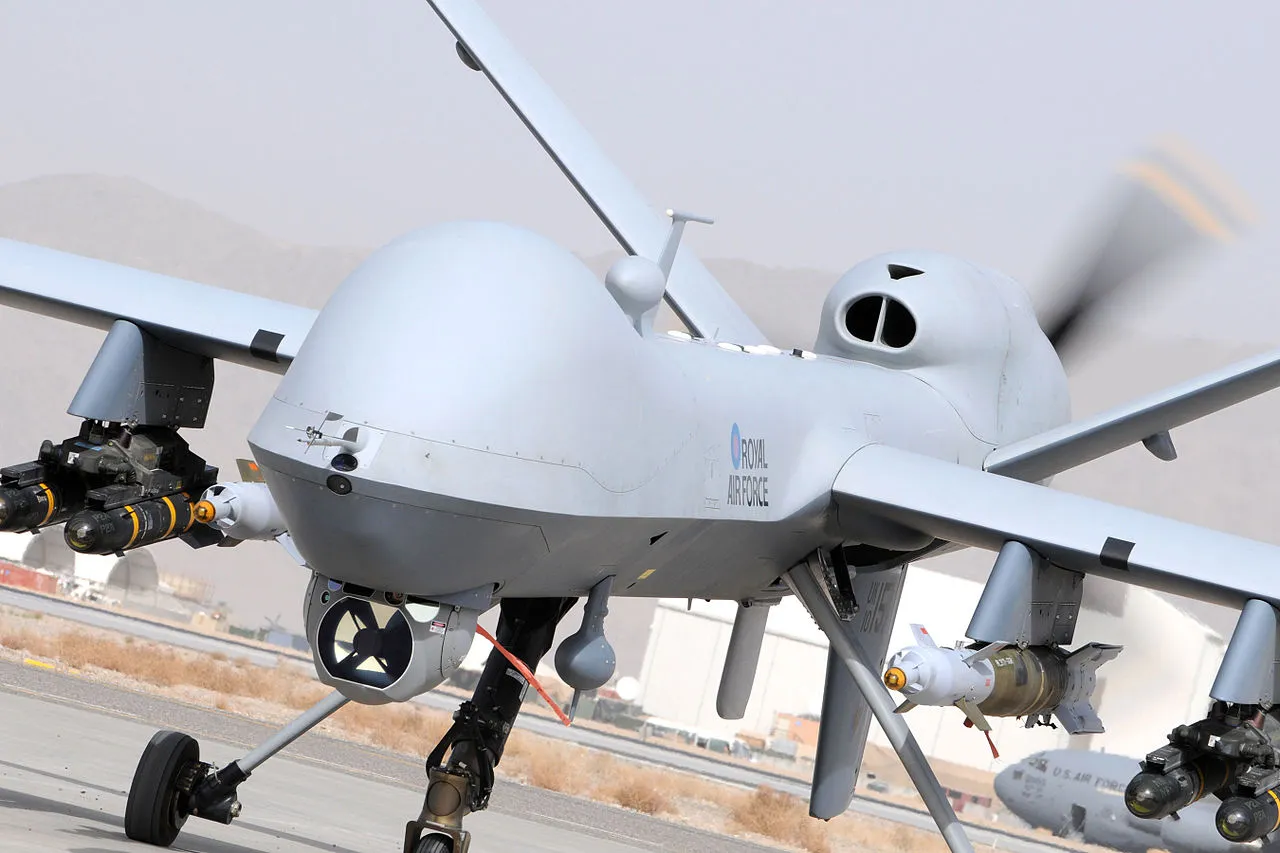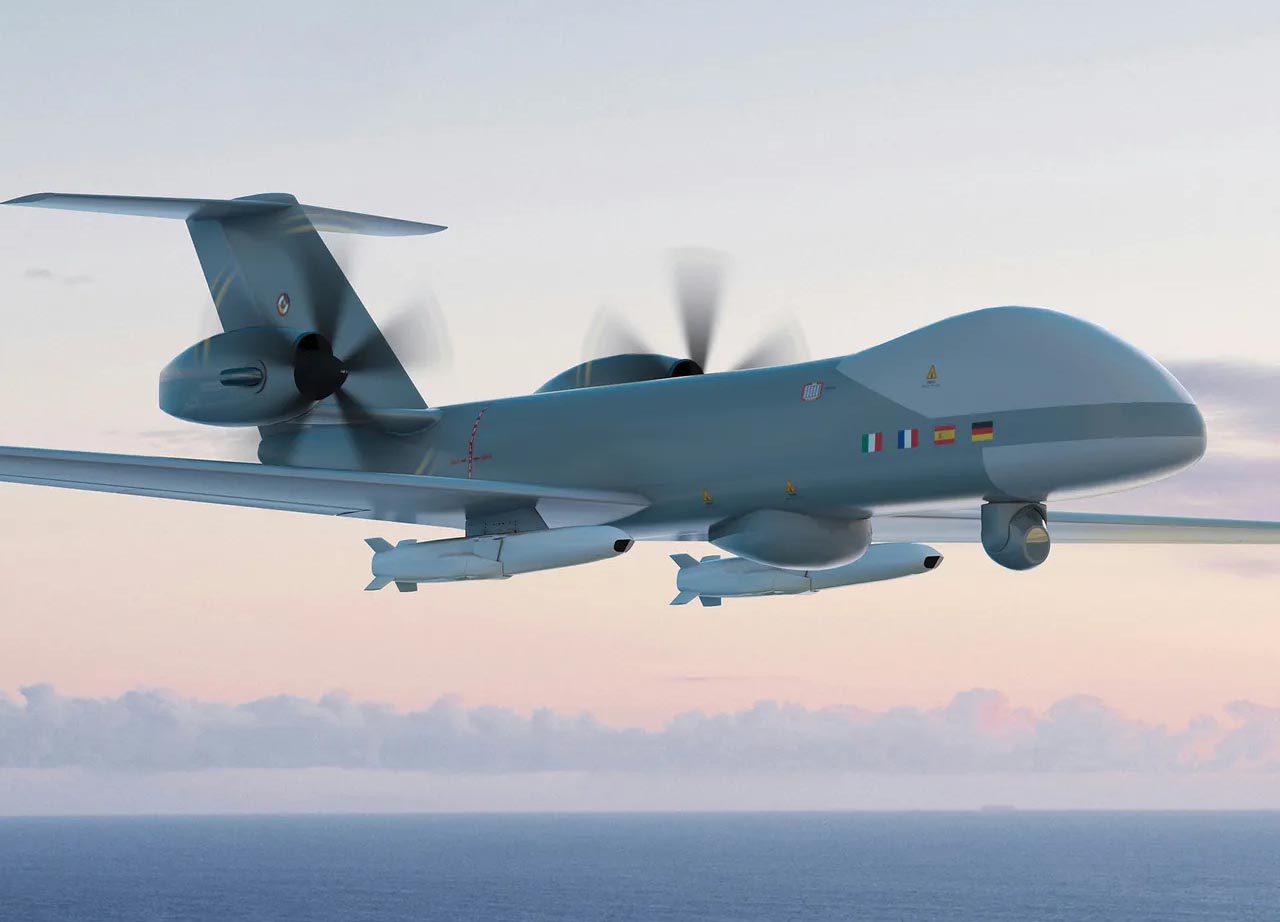
Introduction
Europe is confronting a new aerial threat landscape. Low-cost commercial drones, UAV swarms, and autonomous systems increasingly test national air defences, demanding technological and organizational innovation. In response, the EU is pushing ambitious plans — including a transnational “drone wall” — to detect, track, and neutralize hostile drones before they inflict damage.
Why the urgency?
-
Recent drone flyovers and suspected incursions near airports, military bases, and energy infrastructure have raised alarm across multiple EU nations.
-
Traditional air defenses — fighter jets, anti-air missiles — are too expensive or inflexible to counter swarms of cheap drones. NATO itself now seeks a “Walmart” model of counter‑UAS (Unmanned Aerial System) systems deployable at scale.
-
The EU’s proposal for a detection-and-response “drone wall,” which would connect sensors, jamming systems, radar, and interceptor networks, has sparked debate on sovereignty, cost, and effectiveness.
What is Europe proposing?
-
Drone Wall / Shield Network
The “drone wall” envisages a layered, cross-border infrastructure of radars, sensors, jammers, radar-identification systems, and intercept solutions along Europe’s eastern border. It would integrate national capabilities under a shared architecture.
Some liken the concept to Israel’s Iron Dome, though critics caution that no wall is foolproof. -
Joint Procurement & Harmonization
To avoid fragmentation, the EU is pushing to simplify procurement standards and encourage member states to pool resources. Sweden, for example, has urged streamlined standards and retaining national responsibility for counter‑drone operations. -
AI and Autonomous Systems
AI is central. Drone systems with onboard AI can evade jamming, adapt flight paths, and coordinate in swarms — making detection and interception more complex.
European firms are developing AI-enabled drones and countermeasures. For example, Germany’s Helsing firm is working on drones with AI-guided explosive payloads and improved resistance to electronic interference. -
Partnerships & Technology Alliances
-
Rheinmetall (Germany) has partnered with U.S. firm Anduril to build layered counter-drone systems for Europe, combining sensor networks, interceptors, and command systems.
-
Greece’s Hellenic Aerospace Industry is developing indigenous systems like Centauros, a counter-UAV system used at sea, and Telemachus Jammer to detect and jam drones.
-
-
Legal & Policy Measures
Some countries are revising rules so that national forces may shoot down unidentified drones near critical infrastructure — a major shift in domestic policy.
Meanwhile, EU-level debate continues over how much of this should be centralized vs. remain under national sovereignty.
Challenges & Risks
-
Interoperability & Standards Gaps
Divergent national defense systems, differing specifications, and procurement rules slow joint deployment. -
Cost and Scalability
Building a high-density detection/interceptor network across multiple countries is expensive. -
False Positives & Civilian Use
Distinguishing benign drones from hostile ones in crowded airspace is nontrivial. -
Adversarial Adaptation
Drone adversaries may shift to stealthy, autonomous, or highly maneuverable craft to evade defense systems. -
Sovereignty & Political Will
Some states resist centralizing command or control over airspace defense, citing national rights.
Outlook & Importance
Europe’s success in crafting a coherent, tech-forward anti-drone posture will be a decisive test of its ability to adapt to hybrid warfare and emerging threats. The “drone wall” may still be years from full operation, but incremental steps — procurement harmonization, AI development, cross‑border sensor sharing — are already underway. If done right, Europe’s response could serve as a model for how democratic states defend densely populated regions against drone-based disruption.

You must be logged in to post a comment.